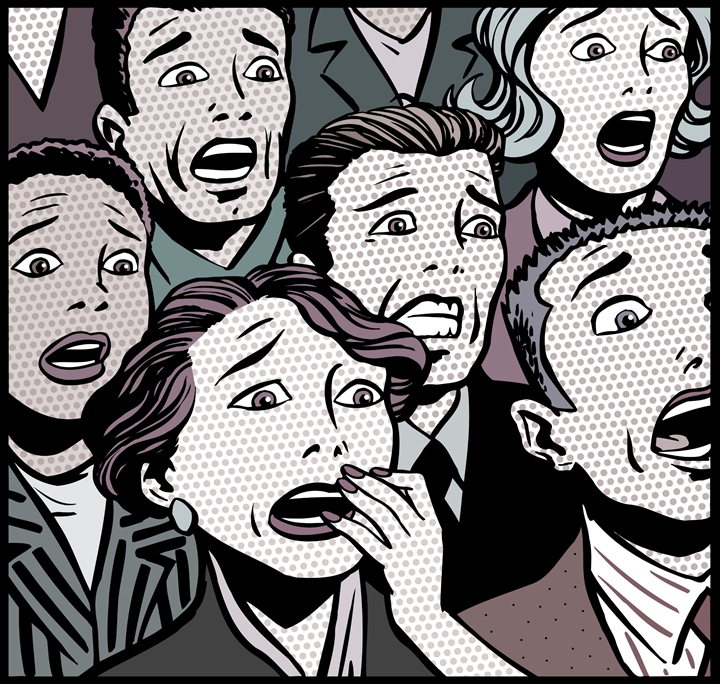 We all have an “attitude” problem at times. You’ve probably even had employees who you’ve described as having a bad attitude. However, focusing on the attitude of an employee while trying to influence his/her work performance is a bad idea.
We all have an “attitude” problem at times. You’ve probably even had employees who you’ve described as having a bad attitude. However, focusing on the attitude of an employee while trying to influence his/her work performance is a bad idea.
No one wants to be labeled and no one wants to be judged. When you think an employee has a bad attitude, and you focus on their attitude when you address the issue, the employee will most likely respond defensively. That’s because when you name their attitude, you are naming something that is in their head. Attitudes aren’t tangible. Behaviors are.
Many supervisors get stuck in performance-related discussions when they focus on an employee’s attitude rather than behavior. Attitudes are the thoughts or feelings that underlie what the employee does on the job. Behaviors are the observable actions an employee takes when on the job. The most effective public sector supervisors discuss employee performance in behavioral terms, rather than mentioning attitudes. Here are examples of various behaviors and attitudes:
| Attitudes | Behaviors |
| Enthusiastic | Completing work ahead of schedule |
| Neglectful | Violating a company policy |
| Laziness | Arriving to meetings 30 minutes late |
| Attention to detail | Submitting expense reports without errors or omissions |
| Difficult to get along with | Shouting loudly at a co-worker in the office |
| Initiative | Completing request before the expected deadline |
| Service-oriented | Answering the phone within three rings every time |
| Messy and/or Slovenly | Has trouble locating files promptly |
So what does this sound like in a performance conversation? In a conversation with an employee who has a “bad attitude” about changes to a new system, you may feel like starting the discussion like this:
“David, you were really hard to get along with during that meeting. I don’t appreciate the way you talked to me or the team.”
This opening focuses on what you think David’s attitude is and it immediately puts David in a position to defend himself. Instead, begin by stating the behaviors you’ve observed. It might sound like this:
“David, I noticed that you raised your voice and used an obscenity during the meeting when we were talking about the system conversion.”
By beginning with a behavioral observation, you leave room for David to give you his perspective without feeling immediately defensive.
Often supervisors will have a conversation with an employee without preparing for the discussion. When this happens, the discussion with the employee often becomes a “blame game” or loses focus. By preparing ahead of time and focusing on behaviors, you can ensure that the conversation will stay productive.
Here’s a tip to get you through: Discuss only specific, observable, behavioral examples of performance with employees and avoid mentioning the “A” word – attitude.


